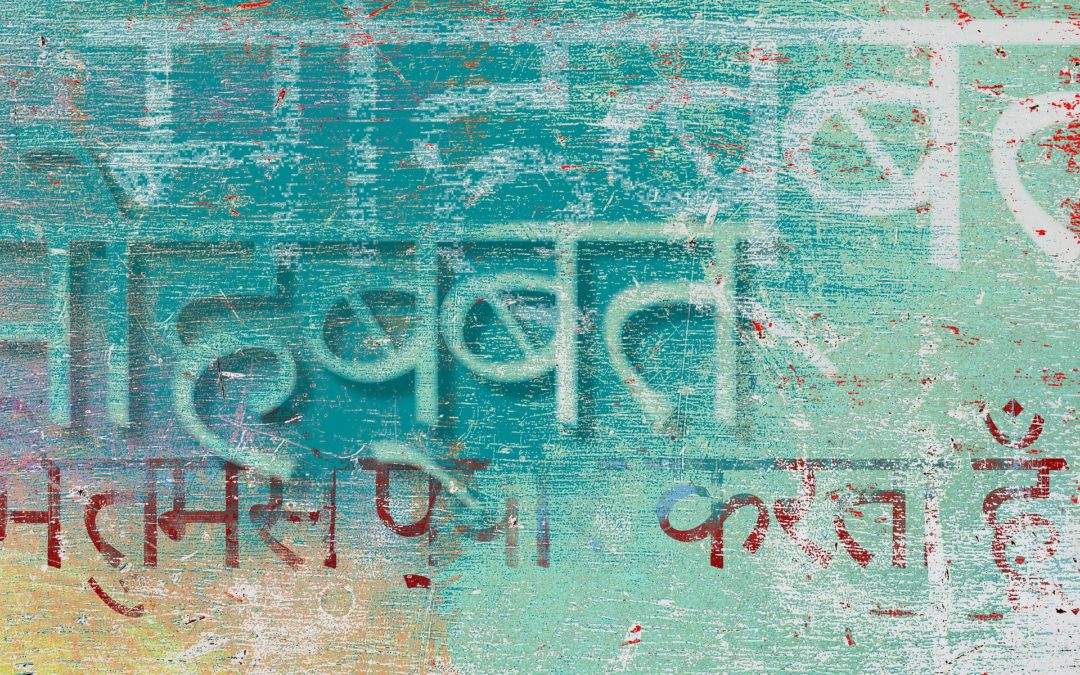
Sep 23, 2024 | Blog, Communication, English language, Global Business, Globalization, Language Services, Language Varieties, Localization, Multilingual, Traditions, Translation Services, Worldwide
The USA: A place for everyone | Discover the languages spoken in the USA The USA has always been known for its diversity. Many languages are spoken in the USA. More than three billion people call the United States of America home. Due to its diverse population before British colonization and several waves of immigration, you can find almost every language and cultural background in the US population. The USA has been multilingual since the very beginning. Many languages were spoken in the USA, even before the first settlers set foot on its soil. Tribes, such as the Navajos, Sioux and Keresan spoke over a thousand known languages before first contact with Europeans. Evolution of the English language in the USA When considering why and how a language develops, there are several factors to consider. One of the most important is culture. It is said that the influence of foreign languages spoken in the USA is much more immediate and recent than in any other country. The English language has developed a lot in the USA. For example, some terms have been taken from the languages of the native tribes, such as the word “raccoon”, which was taken from the Powhatan term aroughcun, meaning “animal that scratches with its hands”. You can easily find examples of words being coined from many other languages! Other well-known examples are avocado and canyon from Spanish, and chowder and prairie from French. How many languages are spoken in the USA? With so many cultures co-existing, you may be wondering: How many languages do I need to learn to get around the country? Just...

Jul 22, 2024 | Blog, Language Services, Multilingual, Translation, Translation Services, Worldwide
The enduring legacy of Arabic Immerse yourself into the rich history of Arabic and its enduring legacy around the globe. It is a journey through the ages of cultural and intellectual growth emanating from the Arabian Peninsula. With its deep history and global influence, it has provided a wealth of culture and communication for centuries. At LingoStar, we recognize the impact of Arabic and strive to bring its beauty and precision to your doorstep through our expert translation services. Origin and evolution The historical Arabic language has many claims to fame spanning from being the original language of poetry to the sacramental language of Islam. First appearing in the 4th century CE it grew and expanded rapidly. Its adoption as the official language of Islam in the 7th Century not only cemented Arabic’s importance but also facilitated its spread throughout the Middle East, North Africa, and parts of Europe, making it a key language for culture, science, and philosophy. Today, more than 400 million people speak Arabic in over 20 countries. Classic and modern Arabic: What’s the history of Arabic? The key aspect of the history of Arabic is its evolution from Classical to Modern Standard Arabic (MSA). While its ancient roots are preserved in academic, literary, and religious texts such as the Quran, the Arabic language has also been thrust into modernity as a necessity for contemporary communication, serving the vast Arabic-speaking world. Today, these two forms serve different purposes and convey many different ideas. Therefore, understanding these differences is crucial for effective translation services, ensuring both historical accuracy and modern relevance. Yemen’s contribution to the history of Arabic...

Jun 23, 2024 | Blog, Communication, Language Services, Multilingual, Multilingual Website, Projects, Translation Services, Worldwide
Multilingualism of India Let’s talk about India and the languages in India. India is a country largely known for its cultural and linguistic diversity. It boasts over 700 languages. At the same time, it is home to the world’s most linguistically diverse population, showcasing India’s unique tapestry reflecting its rich heritage and history. Therefore, for a business aiming to tap into this diverse market, effective communication is key. As a leading language translation company, LingoStar translators recognize the crucial importance of embracing linguistic diversity in building meaningful connections and fostering growth. The major languages in India Hindi is the official language of India, as declared by the Indian government. It is spoken by nearly 44% of the population and it acts as a lingua franca in many parts of the country. Alongside Hindi, English is one of the languages in India that holds a significant place as an associate official language. Other major languages in India include Bengali, Telugu, Marathi, Tamil, and Urdu, each with millions of speakers and a deep literary tradition. Why do languages matter in India? Effective communication between the languages of India goes beyond mere translation; it also involves the localization of its cultures. Each state often has its own official language, such as Bengali in West Bengal, Tamil in Tamil Nadu, Telugu in Andhra Pradesh, and Marathi in Maharashtra. Therefore, if you do business in India, this means tailoring your message to align with local sensibilities and cultural nuances. As a result, consumers are more likely to engage with content that acknowledges and respects their linguistic and cultural identities. The importance of translating languages...

May 22, 2024 | Blog, Communication, English language, Environment, Environmental Translation, Language Services, Localization, Translation, Translation Services, Worldwide
Can translators help to improve our environment? The world is facing an environmental crisis. Climate change, biodiversity loss, pollution, deforestation, ecosystem degradation, and natural resource depletion are some of the consequences of human activity. Tackling the global environmental crisis requires individual and collective efforts across different sectors and levels of society to protect future generations. Environmental translation is essential to introduce new regulations and to create campaigns in a globalized world. What is environmental translation? Environmental translation refers to the translation of environmental or scientific documents from one language into another. Some of these documents include policies, regulations, laws, assessments, sustainability reports, agreements, plans, articles and educational materials. There are several purposes for environmental translation or interpretation. This type of language conversion can be used to communicate effectively with diverse audiences and to address environmental issues on a global scale. What to look for in an environmental translator? Professional environmental translators are linguists who specialize in translating documents related to the environment. Environmental translation involves complex concepts, technical terminology, and specific jargon that may not be easily understood by those without expertise in the field. Translators must be familiar with specific areas of environmental science, such as climate change, sustainability, ecology, renewable energy, conservation, waste management, etc. Environmental translators and interpreters must be fluent in both the source and target languages. But, also have an extensive knowledge of environmental vocabulary and concepts. They must be familiar with specialized dictionaries, glossaries and terminology databases to ensure consistency in translations. They must also keep abreast of new developments, trends and terminology in the field. In addition, it is normal for some...

Apr 29, 2024 | Blog, Communication, Consecutive Inpterpreting, English language, Global Business, Globalization, Interpreting, Interpreting Services, Language Services, Localization, Multilingual, Multilingual Website, Tips for Translators, Translation, Translation News, Translation Services, Worldwide
Interpreting services for all your needs Interpreting services are needed in various social situations to facilitate effective communication between different parties who do not share the same language. Some of the most common interpreting modes are consecutive interpreting, simultaneous interpreting, whispered interpreting, also known as chuchotage, and sight translation. In this article, we introduce you to the main mode of interpreting for which we offer interpreting services: consecutive interpreting. What is consecutive interpreting? Unlike simultaneous interpreting, where the interpreter interprets the speaker’s words into the audience’s language within a few seconds, consecutive interpreting takes place after the speaker has finished speaking. While the speaker is speaking, the interpreter takes notes in order to produce an accurate summary of the speech in the other language. Simultaneous interpreting is best suited for meetings where there is one keynote speaker, while consecutive interpreting is more suitable for meetings with several speakers where there will be back-and-forth communication. At LingoStar, we have extensive experience in interpreting projects, especially consecutive interpreting. We regularly work with professional consecutive interpreters on projects in a variety of fields, usually public or social services, including business meetings, legal proceedings, and medical appointments. What to look for in a consecutive interpreter What does it take to become a consecutive interpreter? Can anyone do it, or does it require special training and skills? A professional interpreter needs to practise a number of skills on a regular basis in order to deliver a coherent and structured speech that conveys the same information as the original speech, with the same tone, register, and intonation. Every consecutive interpreter must be proficient in note-taking....





















